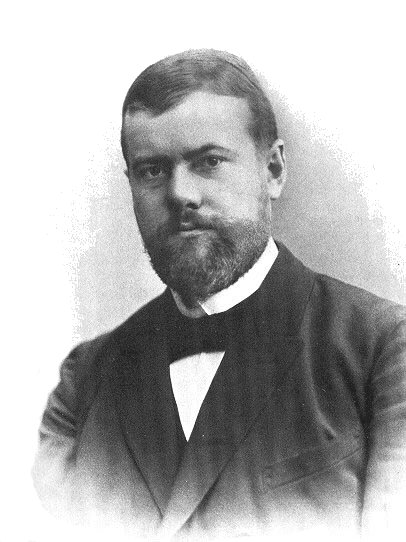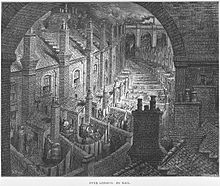The industrial revolution and the invention of the cast iron printing press was not only the start of great wealth, development and social reform for Europe, but through this period of great innovation, the culmination of many great ideas and ideals saw the world transform over the course of only century and brought it out of the dark ages of the old style gluten burg press with its slow wooden components, tricky, intricate and slow. To the industrialisation of large scale printing presses that could put out more and more printed materials then was thought possible only a short time before.
This stage of literary evolution laid the groundwork for many great social changes. Printing of leaflets and other small materials started to circulate and were distributed widely throughout cities and towns. The mass circulated materials banded people together to come out in support of their peers and work towards common goals, most notably printed leaflets helped people to lobby for governmental reform, great social changes, and mass circulation was even used by governments to help raise public opinion on unpopular issues.
The world is now a faster place then it was two hundred years ago, many of the ideas realised in this period are still surrounding us today. For example the production of leaflets that were first seen after the introduction of the mechanised printing press. Who has not been into the city and been bombarded with people trying to give you leaflets and pamphlets to try and persuade you into supporting something they support.
The introduction of the newspaper in the 17th century, a group of writers putting forward their views on current events, something cutting edge back then, but has now become an integral part of most households and communities.
The invention of the printing press not only showed to the world what mass circulated materials could do, it also helped to bring people together. This is in my opinion the true legacy of industrialised mass printing, it was possible to get people rallying behind something greater then themselves. Even into the 21st century I’m sure the idea of banding people together and working towards a collective goal will still be expressed by people handing leaflets out in the street, in the form of government letters asking you for your support or to join them, in the form of posters stuck on walls.
This assignment was a fun and interesting assignment that has helped me to work more in depth (to some extent) with the web 2.0 format. At the start of this assignment I chose to do the Industrial Revolution with an interest in the cast iron printing press.
I chose this topic not because of the link to libraries and printed materials, but because of how I envisaged the overall appearance of the blog. I thought that using the grey scale pictures on a dark backdrop would make the blog look nice and artistic.
I feel that on some levels this was accomplished and on others the desired effect did not culminate in the way that I would of liked.
In regards to my information; I should have used different sources. Looked on the gale and ebsco host databases for more in depth (and relevant) information.
Overall I am satisfied and dissatisfied with the final results of this blog. If I had put more time into the blog posts or of the web interface was easier to navigate and to manipulate I feel that the end result could have been better. However, all in all; this is the first real time I have used a blog site to create a blog post or series of posts and I am happy with my results.
As they say a craftsman can’t blame their tools.
Thanks for reading.
Andrew Ruhl
6644724
Citations:
Week 1.
1. Wikipedia 2010, Industrial Revolution (2010), U.S., viewed 30th of August, 2010
<http://en.wikipedia.org/wiki/Industrial_Revolution>
2.Yale New Haven Teachers Institute 2010, The Industrial Revolution (2010), U.S., viewed 30th August, 2010 :<http://www.yale.edu/ynhti/curriculum/units/1981/2/81.02.06.x.html>
3.Google Images 2010, U.S., viewed 30th August 2010.
<http://www.images.google.com>
1. Wikipedia 2010, Industrial Revolution (2010), U.S., viewed 30th of August, 2010
<http://en.wikipedia.org/wiki/Industrial_Revolution>
2.Yale New Haven Teachers Institute 2010, The Industrial Revolution (2010), U.S., viewed 30th August, 2010 :<http://www.yale.edu/ynhti/curriculum/units/1981/2/81.02.06.x.html>
3.Google Images 2010, U.S., viewed 30th August 2010.
<http://www.images.google.com>
4. Youtube 2010, [video no longer available]
<http://www.youtube.com/watch?v=f1sZIUY3jrM>
Week 2:
1. Wikipedia 2010, Industrial Revolution (2010), U.S.
2. Wikipedia 2010, Max Webber (2010), U.S.
3.Google Images 2010 , U.S.
Week 3:
1. National University of Singapore 2010, The Industrial Revolution: A timeline (2010),Singapore
< http://www.victorianweb.org/technology/ir/irchron.html>
< http://www.victorianweb.org/technology/ir/irchron.html>
Week 4:
1. Wikipedia 2010, Gutenberg Press (2010), U.S.
<http://en.wikipedia.org/wiki/Gutenberg_press#Gutenberg.27s_press>
<http://en.wikipedia.org/wiki/Gutenberg_press#Gutenberg.27s_press>
Week 5:
1. Wikipedia 2010, Industrial Revolution (2010), U.S.
<http://en.wikipedia.org/wiki/Industrial_Revolution>
<http://en.wikipedia.org/wiki/Industrial_Revolution>
Week 6:
1. Wikipedia 2010, Industrial Revolution (2010), U.S.
<http://en.wikipedia.org/wiki/Industrial_Revolution>
<http://en.wikipedia.org/wiki/Industrial_Revolution>
2. Wikipedia 2010, World War I (2010), U.S.
<http://en.wikipedia.org/wiki/WWI#Aftermath>
<http://en.wikipedia.org/wiki/WWI#Aftermath>
3. Wikipedia 2010, United Nations (2010), U.S.






